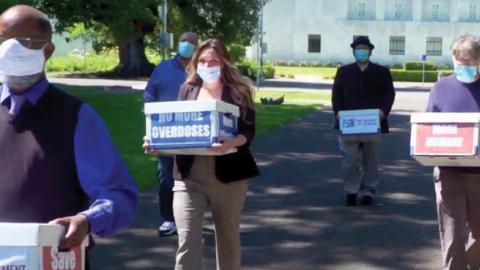The U.S. election didn’t produce a blue wave or a red wave, but some are celebrating a green wave as voters in Arizona, Montana, New Jersey and South Dakota approved the legalization of recreational marijuana. Meanwhile, Oregonians decriminalized the possession of small amounts of harder drugs, including cocaine, heroin and methamphetamines. “Drugs, once thought to be the scourge of a healthy society, are getting public recognition as a part of American life,” the New York Times gushed.
In reality, drugs are very much a scourge, particularly in the lives of young children. In 2019 parental substance abuse was listed as a cause for a child’s removal to foster care 38% of the time, a share that has risen steadily in the past decade. Experts suggest this is an underestimate and the real number may be up to 80%.
Ms. Riley’s interviews with foster parents suggest that there are very few cases of children in the system that don’t involve substance abuse. And that doesn’t include the hundreds of thousands of children who are in the care of a single parent or other guardian because of a mother or father’s drug use. In a recent paper from the National Bureau of Economic Research, three professors from Notre Dame estimated that “if drug abuse had remained at 1996 levels, 1.5 million fewer children aged 0-16 would have lived away from a parent in 2015.”
Read the full article in the Wall Street Journal


















